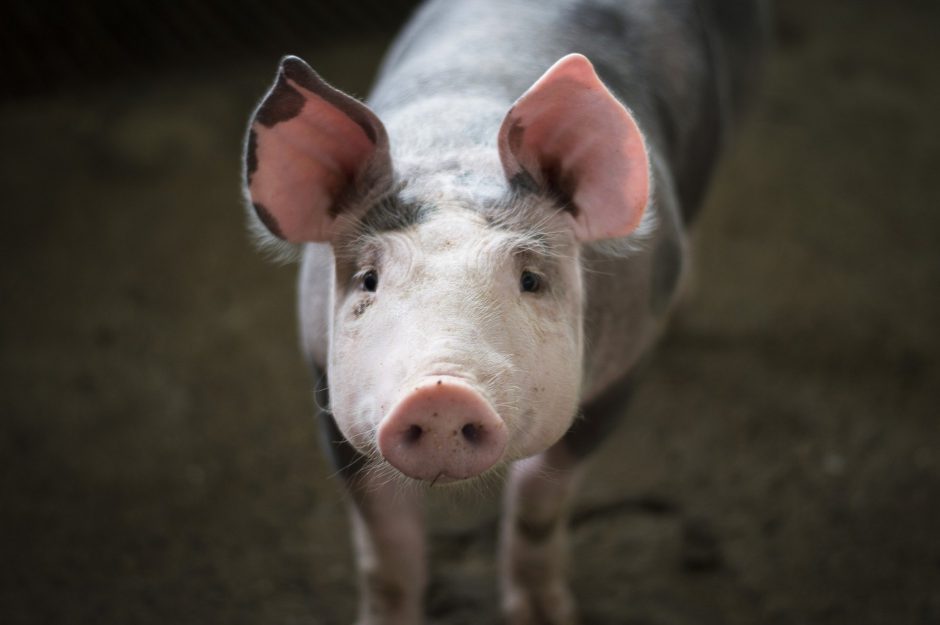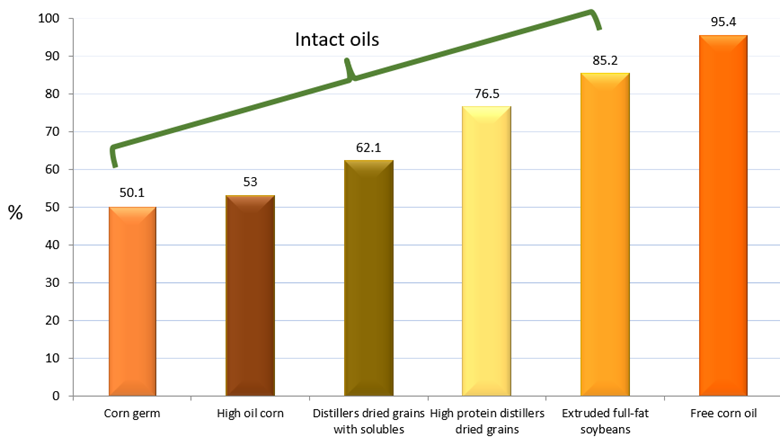Animals Don’t Lie: The History of Swine Feeding Studies with High-shear Extruded Soy

Insta-Pro® International has been conducting nutrition-based research in the form of animal feeding trials since the high-shear dry extrusion (HSDE) technology was invented and patented in 1969. In general, there are two types of studies conducted to evaluate the nutritional quality of ingredients – digestibility trials and growth and performance trials. Staying true to the high-quality nutrition approach of extrusion, Insta-Pro® has continued for 50+ years to test their extruded soy ingredients in a variety of species. This blog will summarize research trial findings for extruded full-fat soy fed to swine.
Insta-Pro’s first swine trial was published in 1993 by Marty and Chavez at McGill University (Quebec, Canada). In this study, HSDE full-fat soymeal had the highest digestibility values for both energy and crude protein compared with other processing methods. (see figure 1 and figure 2)

Key swine trials were performed in 2000 by Kim et al. at Kansas State University. Two published studies – here and here – evaluated the use of HSDE full-fat soymeal versus roasted soybeans for digestibility values, in addition to the intestinal physiological response (i.e. gut health implications). As shown in the summary table below, HSDE full-fat soymeal fed to young pigs resulted in greater digestible energy and higher body weight gain (ADG) as consequence. Furthermore, these effects resulted in longer intestinal villi on average than pigs fed roasted soybeans, indicating a positive physiological response to improved digestibility.

A follow-up study, conducted by Kim et al. at University of Illinois in 2013, evaluated the use of HSDE full-fat soymeal as a source of highly available oil in the diet of pigs. As shown below, in comparison to other ingredient fat types (high-oil corn – 53%, DDGS – 62.1%, and high-protein DDGS – 76.5%), HSDE full-fat soy provided the highest ME at 85.2% indicating it is the most available energy source.

In summary, there is a wealth of historical publications that support the use of high-shear dry extrusion for proper soy processing. When referencing historical data from numerous nutritional studies, there are clear nutritional benefits to feeding HSDE soymeal which demonstrates that not all thermal processes add the same nutritional value to soy.



